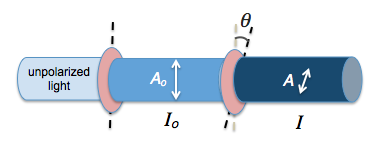I didn’t want to spend money on buying a piece of pyrolytic graphite and large neodymium magnets so I made do with what I have to make the following video. While diamagnetism is not in the A-level physics syllabus, it’s good for students to know that there are other classifications of magnetic materials.
What we study in our syllabus is ferromagnetism, which is exhibited by materials such as iron, cobalt and nickel. Some pencil leads are paramagnetic (weakly attracted to magnets) while others such as the one in the video are diamagnetic (repelled by magnets).
I bought my neodymium magnets from DX.com and the shipping to Singapore takes about 3 weeks, so you might want to factor that time in if you want to get some for your lessons. These magnets are great for other demonstrations such as homopolar motors and Newton’s nightmare.
